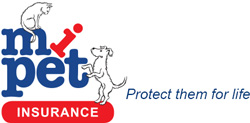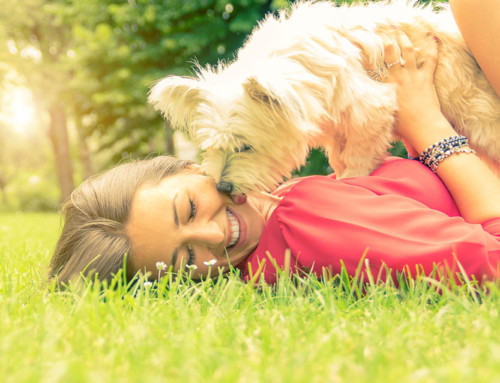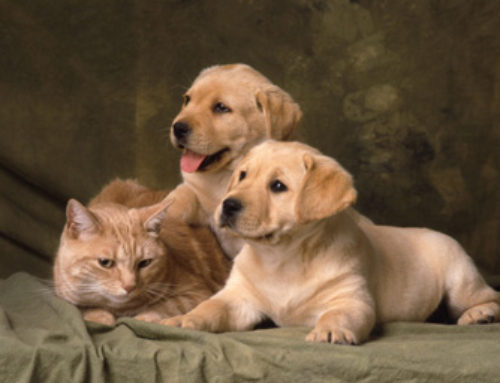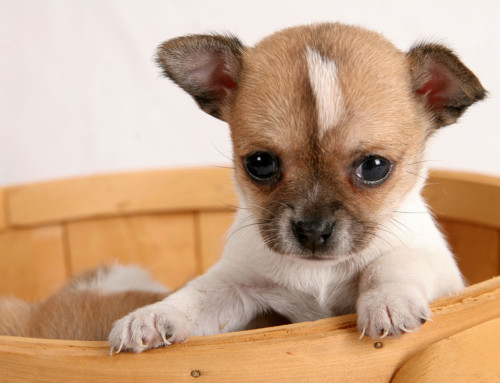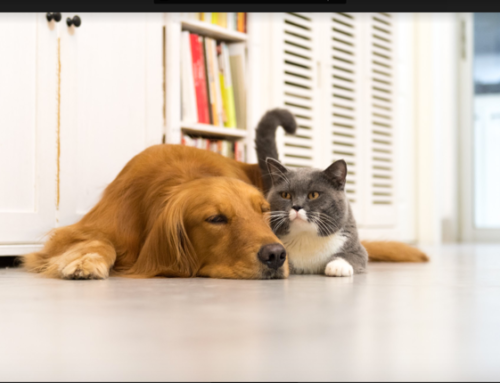Aggression in dogs can be scary.It can be overwhelming when a dog starts to bark, growl or even tries to bite someone. We often take this behaviour to heart and assume dogs are malicious and attack for no reason, but the truth is that hostility doesn’t happen out of nowhere.
Aggression is a biological reaction to danger. When dogs show signs of hostility, it’s usually because they feel scared, anxious or threatened. Like humans, dogs are aggressive when they think it is necessary to guard their territory, defend themselves or their offspring.
Just as you would with a frightened child, never respond to an aggressive dog with anger, violence or hostility. A hostile response will almost always worsen the situation.
Here are some tips that help keep aggression under control:
Recognise the early signs
A dog will almost never take a bite out of someone without exhibiting some, if not all of the following behaviours:
- Becoming tense
- Staring at the perceived threat
- A deep, low pitch bark
- “Punching” with their nose
- Growling and showing teeth
- Snapping or biting the skin without pressure, as a warning that they’re prepared to bite.
If any of these signs are present, try to safely eliminate the threat causing them to act this way. This should calm your dog down and stop the aggression from escalating.
Find out what is causing the issue
Discovering what is making your dog feel threatened will help to to avoid further aggravating him or her. It’s important to remember, that just like humans, due to nature and nurture factors, all dogs are different. While one dog might thrive when playing with other dogs, others might be timid and frightened in the same situation. While some dogs love a tummy tickle, others might feel like their space is being invaded. Here are some common aggression triggers and how to manage them:
Possessions
Taking a bone out of a dog’s mouth can make him or her go from “wouldn’t hurt a fly” to manic in minutes. Dogs can often feel violated when you take something away that they think is their property, from tennis balls to toys and food.
If your dog is showing signs of aggression, never physically remove something from their mouth, take their bowl away from them or touch them while they eat. Instead, wait for them to finish eating or drop the item before removing it.
Territory
Just as wars start between nations in the human world, territory can spark hostility in dogs. This is an evolutionary trait that comes from their wolf ancestors. By keeping intruders in line, they could better protect their pack from harm, which often explains why a dog might spring into attack mode when a visitor comes to your house. If your dog is becoming increasingly aggressive around a visiting dog, person or anima do not risk an attack and keep the threat as far from the dog as possible.
Protection
As a social species, wild dogs live in packs. Like families, they look out for each other and want to keep each other safe. If a dog has just given birth to a litter of puppies, like any mother, she is likely to be very protective of her babies. Try to respect her needs, and distance yourself when she becomes defensive.
Similarly, your dog will consider a human family to be his or her pack, and if they feel like you’re being threatened, their protective instincts are likely to kick in to save you. Dogs are particular protective of children and babies because they see them as vulnerable and in need of defence.
Fear
Just like us, dogs are wired with the “fight or flight” response to a threat. When a dog is scared he or she will usually try to run away from the perceived predator. It is only when they feel like there is no escape and they’ve been cornered or trapped, that they’ll resort to fighting to defend themselves.
Never corner your dog or use force to make him or her listen to you. Dogs respond better to positive reinforcement. Try using a treat and congratulating him or her for doing as you say.
Seek professional help
Aggression can be dangerous. If your dog is causing fear or harm, consult a vet or behaviour expert.
